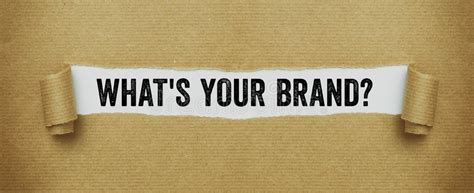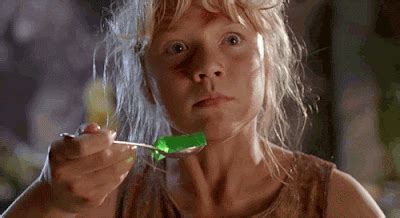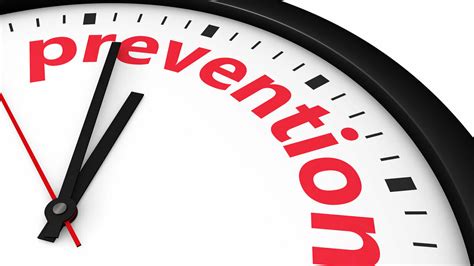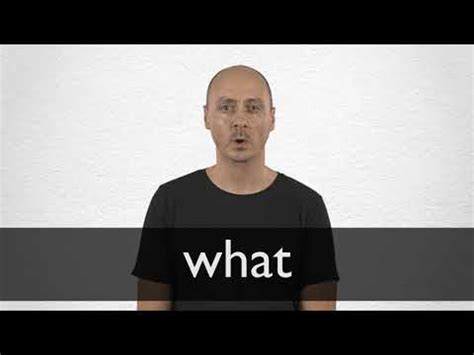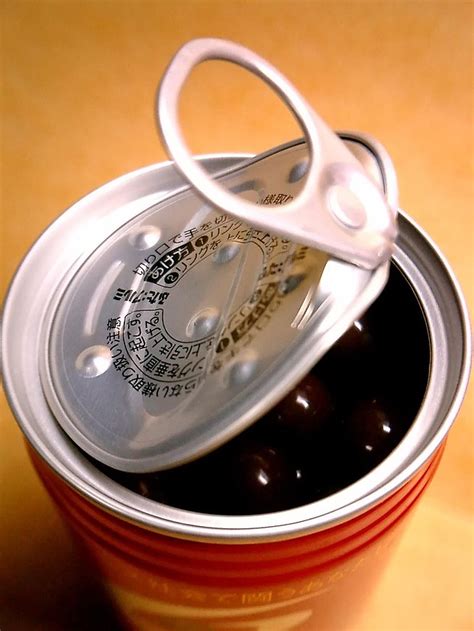What’s the optimal routine to eliminate dandruff & control oily scalp for peak hair health?

Battling both dandruff and an oily scalp can feel like an endless struggle, impacting not just your appearance but also your confidence. These common hair woes often go hand-in-hand: an overproduction of sebum (oil) can create a fertile ground for the yeast-like fungus Malassezia globosa, a primary cause of dandruff. But fear not! Achieving peak hair health and a balanced scalp is entirely within reach with a consistent, targeted routine.
Understanding the Culprits: Dandruff & Oily Scalp
Dandruff manifests as flaky, itchy white scales, often accompanied by irritation. While genetics, hormonal fluctuations, and certain medical conditions can play a role, the most common trigger is an imbalance in the scalp’s microbiome, allowing Malassezia to thrive. An oily scalp, on the other hand, is due to hyperactive sebaceous glands, leading to greasy hair that quickly loses its volume and can feel heavy or dirty.
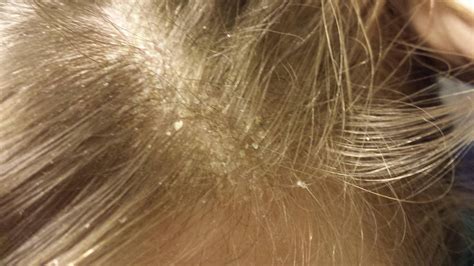
The Optimal Hair Care Routine for a Healthy Scalp
Step 1: Choosing the Right Products
This is arguably the most crucial step. You’ll need a dual-action approach.
- Medicated Anti-Dandruff Shampoo: Look for active ingredients like Zinc Pyrithione, Selenium Sulfide, Ketoconazole, or Salicylic Acid. These target the fungus and help shed dead skin cells. Rotate between 2-3 different active ingredients every few weeks to prevent your scalp from becoming resistant. Use as directed, often 2-3 times a week initially.
- Balancing Shampoo (for oily scalp): On alternate days, use a gentle, sulfate-free shampoo designed for oily hair. Look for ingredients like tea tree oil, mint, or citrus extracts which can help regulate sebum production without over-drying the scalp.
- Lightweight Conditioner: Apply conditioner only to the mid-lengths and ends of your hair, avoiding the scalp. Opt for silicone-free formulas that won’t weigh down your hair or clog pores.
- Scalp Treatments: Consider pre-shampoo scalp masks or clarifying treatments with ingredients like clay or charcoal once a week to deeply cleanse and absorb excess oil.
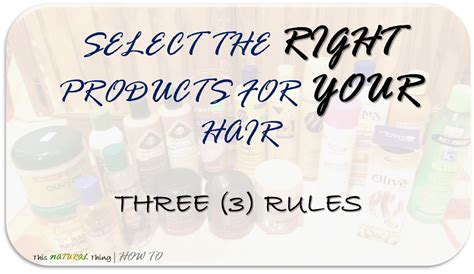
Step 2: Master Your Washing Technique
How you wash is just as important as what you use.
- Frequency: While it might seem counterintuitive, washing too frequently can strip your scalp of natural oils, prompting it to produce even more. Aim for every 1-2 days with your balancing shampoo, and incorporate your medicated shampoo 2-3 times a week.
- Water Temperature: Use lukewarm water. Hot water can strip oils and stimulate sebaceous glands, while cold water might not effectively cleanse.
- Gentle Massage: When shampooing, use your fingertips (not nails!) to gently massage your scalp for 2-3 minutes. This helps loosen flakes, stimulate blood flow, and distribute the shampoo effectively. Ensure you rinse thoroughly to remove all product residue, which can otherwise contribute to buildup and irritation.
Step 3: Post-Wash Care & Styling
- Drying: Gently blot your hair with a microfiber towel instead of vigorously rubbing. Avoid rubbing the scalp. If using a blow dryer, use a cool or low-heat setting and keep it at a distance to prevent irritating the scalp and triggering oil production.
- Brushing: Clean your brush regularly. Distribute natural oils from roots to ends gently, but avoid over-brushing, which can stimulate oil glands.
- Minimize Product Buildup: Limit the use of heavy styling products, especially those applied directly to the scalp (e.g., gels, mousses, dry shampoos). If you use dry shampoo, ensure it’s specifically designed for oily hair and use it sparingly.

Step 4: Lifestyle Adjustments for Scalp Health
Your overall health significantly impacts your scalp.
- Diet: A balanced diet rich in Omega-3 fatty acids, zinc, and B vitamins can support scalp health. Limit processed foods, high sugar intake, and excessive dairy, which some find exacerbate oiliness and inflammation.
- Stress Management: Stress can trigger hormonal imbalances that increase sebum production. Incorporate stress-reducing activities like yoga, meditation, or regular exercise.
- Hygiene: Regularly wash pillowcases, hats, and headbands to remove oil and product residue. Avoid sharing combs or brushes.
- Avoid Touching Your Scalp: Constantly touching your scalp can transfer dirt and oils from your hands, stimulating oil glands and worsening dandruff.
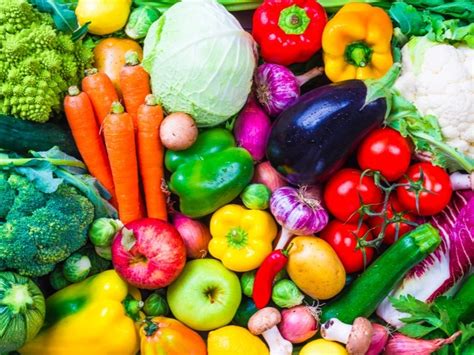
When to Seek Professional Help
If despite consistent efforts, your dandruff and oily scalp issues persist or worsen, it might be time to consult a dermatologist or trichologist. They can diagnose underlying conditions like seborrheic dermatitis, psoriasis, or fungal infections, and prescribe stronger medicated treatments or recommend specialized therapies.
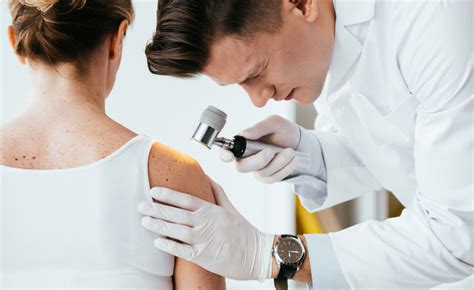
Achieving a healthy, flake-free, and balanced scalp is a journey, not a sprint. Consistency is key. By adopting this optimal routine and making mindful lifestyle choices, you’ll be well on your way to eliminating dandruff, controlling oil, and enjoying peak hair health with renewed confidence.



